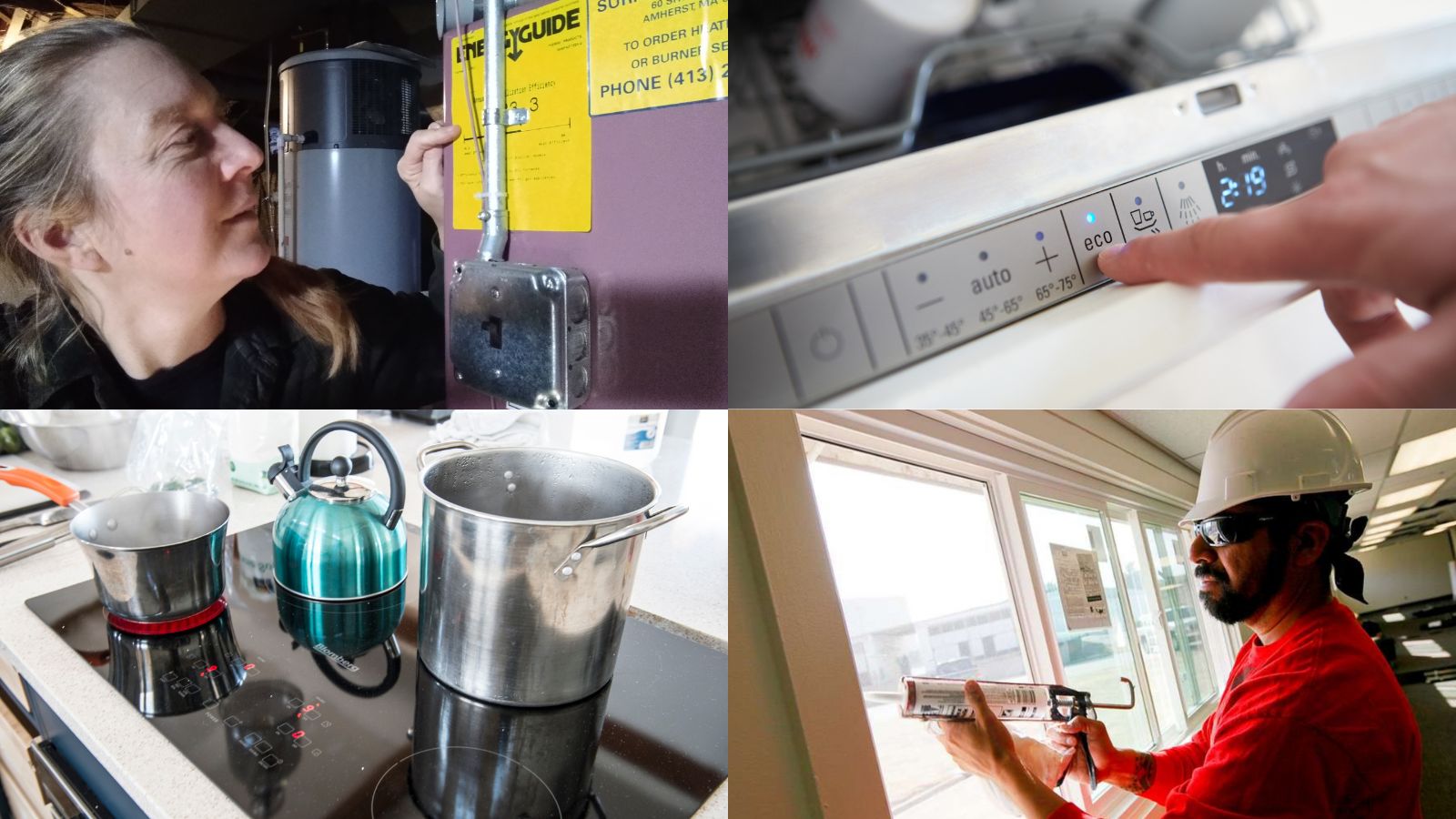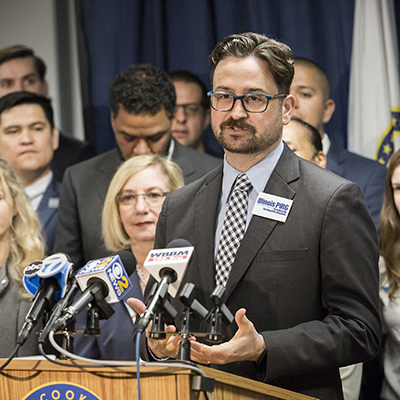
Testimony before the House Energy and Environment Committee in Support of the Consumer and Climate First Act
In the wake of the ComEd scandal, the Illinois General Assembly must enact meaningful utility accountability reforms - not only to address unethical behavior, but to also address the harmful utility policy legacy of the past decade. We were thrilled that the Consumer and Climate First Act includes our agenda’s key priorities.
Chairperson Williams, Vice Chairperson Didech, Spokesperson Welter, honorable members of the committee: thank you for the opportunity to testify today. My name is Abraham Scarr and I am the Director of Illinois PIRG. Illinois PIRG is a statewide, citizen funded, non-partisan public interest advocacy organization that speaks out for a healthier, safer world in which we’re freer to pursue our own individual well-being and the common good.
Thank you Governor Pritzker and Representative Buckner for championing legislation that prioritizes utility accountability while also putting Illinois on the path to 100 percent clean energy. While my testimony is focused on utility accountability, my organization supports the legislation as a whole.
Summary
In the wake of the ComEd scandal, the Illinois General Assembly must enact meaningful utility accountability reforms – not only to address unethical behavior, but to also address the harmful utility policy legacy of the past decade.
In March, my organization, along with AARP Illinois and the Environmental Law and Policy Center, created the Take our Power Back coalition. Our utility accountability agenda includes restitution, restored oversight, and reform. We were thrilled that the Consumer and Climate First Act includes our agenda’s key priorities, including:
- Pursuing restitution for ComEd customers
- Ending automatic “formula” rate hikes for ComEd and Ameren
- Ending “Rider QIP,” a gas surcharge that is like a mini-formula rate for gas utilities
- Commissioning an independent audit of ComEd and Ameren’s grid
- Establishing integrated grid planning for ComEd and Ameren
- Providing the Illinois Commerce Commission with increased resources and staffing to effectively carry out its mission
- No longer allowing utilities to charge customers for charitable giving
Before this committee two weeks ago, I addressed the importance of an independent audit of ComEd’s and Ameren’s grids and investments the companies made under formula rates. With today’s testimony I will focus on ending formula rates, ending the gas surcharge “Rider QIP,” and no longer allowing utilities to charge customers for charitable giving.
Ending automatic “formula” rate hikes for ComEd and Ameren
Formula rates are the key policy enacted under the 2011 Energy Infrastructure Modernization Act (EIMA), the first law passed during the ComEd bribery scheme. As we detailed in our December 2020 report, Guaranteed Profits, Broken Promises, EIMA delivered guaranteed, record profits and other benefits to ComEd and its parent company, Exelon Corporation, while leaving ComEd customers and the public with broken promises. EIMA was a radical and unwelcome inversion of traditional utility regulation, which aims to ensure and maximize the public good through the creation of the opportunity for private profit. EIMA, on the other hand, guaranteed ComEd and Exelon’s private profit while failing to adequately ensure the public good.
The Consumer and Climate First Act ends formula ratemaking, returning ComEd and Ameren to the traditional ratemaking process. It would also authorize the Illinois Commerce Commission to explore “Performance Incentive Mechanisms” to incentivize utilities to achieve outcomes beneficial to customers and the public.
This is the appropriate path forward. The Illinois General Assembly, of course, has a critical role to play in setting state utility and energy policy, but the General Assembly also created the Illinois Commerce Commission with the specific mission to regulate utilities and develop the significant expertise necessary to do so. Given the status quo, where formula rates have turned utility regulation on its head, any attempt by the General Assembly to craft detailed ratemaking policy runs the serious risk of perpetuating the problematic policies passed during ComEd’s scheme.
This risk arises from the complexity of these issues and a practice of utilities to present issues to the General Assembly in an over-simplified or even misleading manner. To help explain this risk, I will review comments made by ComEd General Counsel Veronica Gomez before this committee two weeks ago. In her comments before this committee on April 27th, Ms. Gomez made misleading statements about formula rates:
The formula rate law, the formula aspect of the rate law, really is about the calculation of the return on equity. […] To be very clear, the only thing that changed under the formula rate, with respect to what the commission has the ability to review and determine, is the ROE […] the one piece of the formula rate that is different, with respect to whether the Commerce Commission has the ability to change it, is the return on equity, as to which, the return has been the lowest in the country.
Hearing this, members of the Committee may have understandably had the impression that the only difference between traditional ratemaking and formula ratemaking is the determination of the return on equity (ROE), or profit rate, for ComEd’s 99.985 percent shareholder, Exelon. The general assertion is misleading, and, even accounting for the careful qualification “with respect to what the commission has the ability to review and determine,” the statement is inaccurate.
The general assertion that the formula rate law “really is about the calculation of the return on equity,” is highly misleading.
Formula rates are simply much more than the specific formula determining the ROE. ComEd’s formula is updated annually. The formula itself runs 30 pages long. The ROE calculation accounts for less than one page.
Formula rates are codified in 220 ILCS 5/16-108.5(c) through (g). This portion of EIMA is expansive and includes much more than the calculation of the ROE. As we wrote in our report:
The annual formula rate process involves a two-tiered process using actual company expenses, as reported to state and federal regulators, to look both forward and backward one year.
The forward-look would be recognizable to anyone familiar with a traditional rate-setting process, in that it utilizes estimates to modify the most current utility costs to set the authorized rates for the following year. The backward-look, or “reconciliation,” however, is critically different, as it uses the company’s actual expenses to calculate what revenue it should have collected and compares that with what the company actually collected. If the company under-collected for the year, it is able to make those revenues up, with interest, through an adjustment to future customer bills. If it over-collected for the year, it similarly credits money back to its customers. This reconciliation process allows the company to annually “true-up,” eliminating the uncertainty purposefully embedded in the traditional rate setting process and in the process changing the utility’s opportunity for profits into a guarantee.
This complicated forward- and backward-looking structure transforms what was once an occasional, eleven-month-long traditional rate case process with opportunity for meaningful stakeholder input into a streamlined annual process in which “inputs,” ComEd’s accounting information, are run through a settled and formal formula whose output is the utility’s rates for the following year.
Unlike the traditional process, the burden of proof is no longer with the utility to demonstrate the prudence and reasonableness of its investments. Rather, the burden is now, in practice, with the Commission and other parties to demonstrate specific investments were imprudent or unreasonable — a task made more challenging by the fact that the Commission and others rely on the utility for the information they would need to make such a demonstration. It is not as if, as a practical matter, they can audit the company every year. If the Commission, the office of the Attorney General, or other interveners are able to show any “inputs” are imprudent or unreasonable, the Commission can disallow them.
To summarize, a non-exhaustive list of the differences between formula rates and traditional ratemaking includes:
- An annual, streamlined process (with few intervenors) vs. an occasional highly contested one (with dozens of intervenors);
- Using actual company costs for all ratemaking calculations, vs. a combination of actual costs and assumptions;
- Using a high level federal form as the basis for ratemaking vs. ratemaking that is grounded in the more granular company reporting to the Commission;
- Because the process begins with information from the high level federal form as formula inputs, in practice the burden is shifted to the Commission or intervenors to demonstrate costs do not meet the legal standards vs. the burden being on the company to demonstrate costs do meet legal standards;
- Guaranteed company revenues and profits through a reconciliation process to “true up” company costs and revenues vs. the opportunity to earn revenues and profits, with some uncertainty purposefully embedded to incentivize efficient utility performance. Note, many utilities enjoy “volume balancing” or “decoupling,” to “true up” revenues, but formula rates are unique in reconciling actual costs (so if ComEd spends more it profits more).
- Setting theROE by a predetermined formula, rather than through Commission discretion.
As one can see from this incomplete list, the change from a Commission-determined ROE to one determined by a formula is one of many changes brought on by EIMA’s formula rates.
In particular, the annual reconciliation process based on actual costs is an incredibly powerful change that has ComEd on track for record profits, despite its relatively low ROE, or profit margin on investments. This is because there are two elements to the profit equation: the profit rate, and what it is applied to, the rate base.
While ComEd’s return on equity has remained low, the company has more than made up for that by spending significantly more than the amount that supposedly made the formula necessary, spending that increases ComEd’s rate base. As we have documented, while ComEd argued it needed formula rates to add $2.6 billion to rate base over 10 years, it is on track to add roughly three times that amount. Because of this significant increase in rate base, a rise in ComEd’s ROE — as proposed in other legislation before the General Assembly — could boost ComEd’s already record profits by hundreds of millions of dollars overnight — all paid for by customer bills.
ComEd’s comments are misleading and inaccurate, even accounting for the careful qualification “with respect to what the commission has the ability to review and determine.”
Early in the implementation of the 2011 EIMA, the Commission made a series of formula rate accounting determinations that ComEd contested. In an attempt to influence the Commission on rehearing, the Illinois General Assembly passed House Resolution 1157 & Senate Resolution 821 in 2012. When the Commission only reversed itself on one of the three contested issues, ComEd advocated for legislation which became Public Act 98-0015 in 2013, overriding the Commission’s accounting decisions. In so doing, the formula rate law, through its 2013 trailer bill, took three specific determinations the Commission had discretion to make and removed that discretion. This removal of discretion is different and apart from the calculation of the Company’s ROE.
While it is accurate that the Commission maintains the legal authority to review ComEd’s investments and apply the same “used and useful,” “prudent,” and “reasonable” legal standards, the overarching structure of formula ratemaking, not underlying legal standards, has meant, in practice, that the Commission has not applied the same level of scrutiny to ComEd’s investments as it did under traditional ratemaking. Ultimately, the best illustration of this is the extent to which the Commission has exercised discretion regarding ComEd’s investments. From our report:
In all, during every formula rate case [through 2019], through which ComEd has added more than $5.1 billion to its rate base, increasing it by 84 percent, the Commission has only disallowed just over $23 million total. The vast majority of these amounts that the Commission determined ComEd cannot recover from customers reflect costs like capitalized incentive compensation. None of them were spending on EIMA investments. […]
Over the seven years between 2005 and EIMA’s passage ComEd had three rate cases. These were the more comprehensive, traditional rate case process, in which ComEd would request increases and try to defend their necessity. During those three rate cases, the Commission granted 47 percent of the requested increases to customer’s bills. In the five years since EIMA and its trailer bill passed, ComEd has had annual rate cases and the Commission has granted 92 percent of the company’s formula inputs.
Clearly, the Commission’s oversight has been greatly circumscribed by formula rates.
We dissect this comment and its implications thoroughly to highlight the challenges of legislating the details of ratemaking. In this example, ComEd, which admitted to a set of facts federal prosecutors describe as a corrupt bribery scheme, nonetheless made misleading comments before this committee about the nature of formula ratemaking, a key policy passed during its scheme, at a hearing on utility accountability. It is no offense to lawmakers to acknowledge the challenge in crafting detailed ratemaking policy as they juggle multiple critical issues facing the state, without specific expertise in the details of utility regulation, while utilities provide them with misleading information about current ratemaking policy.
This underscores the importance of first and foremost ending formula ratemaking and returning to traditional ratemaking, as the Governor’s proposed legislation does, while allowing the experts at the Commission to explore performance incentive mechanisms. Any legislative attempt to delve into the details of ratemaking policy at this time is fraught with the risk of perpetuating the problematic policies passed during ComEd’s scheme.
Ending “Rider QIP,” a mini-formula rate for gas utilities
The Consumer and Climate First Act would end the gas utility bill surcharge known as “Rider QIP” on January 1, 2022, rather than current law, under which it would sunset on December 31, 2023. Over the past several years, my organization has helped build a coalition of over 30 environmental, consumer and community organizations in support of this policy change.
I wish to begin by recognizing members of this committee for championing this policy change, specifically Representative Mason, sponsor of HB3941, as well as co-sponsor Representative Harper.
In 2013, the General Assembly passed Public Act 98-57, now 220 ILCS 5/9-220.3, which allows Ameren, Nicor, and Peoples Gas to accelerate cost recovery by automatically raising customer bills through a bill surcharge to pay for certain types of infrastructure investment.
While different in important ways, Rider QIP is similar to formula rates in that it allows the gas utilities to quickly and automatically recover qualified investments and significantly limits Illinois Commerce Commission authority. Rider QIP only does so for a portion of utility spending instead of all, as formula rates do, but it does so even more quickly, allowing the surcharge to increase on customer bills the month after an asset is put into use.
In ICC Docket No. 16-0376, an investigation into the Peoples Gas “System Modernization Program” (SMP) costs, which are largely recovered through Rider QIP, the Commission concluded that the law “tied its hands” to enact reforms to the SMP. While deciding to approve the SMP, then-Chairman Sheahan stated that “the long-term annual costs that they have proposed will cause too great a burden for too many households in Chicago.”
Reasons to sunset Rider QIP early
It is rapidly increasing bills, especially in Chicago
Chicago is facing a home heating affordability crisis. In 2018, 15 percent of Peoples Gas customers received a disconnection notice. In just the first three months of 2020 (i.e. before significant economic impacts from COVID-19), Peoples Gas customers fell behind on their bills by almost $26 million. During the pandemic, the situation has grown more dire, hitting some communities harder than others:
Chicago’s heating affordability crisis is hitting the South and West sides most acutely. Two out of every 3 households not already on utility-payment assistance in Englewood’s ZIP code were delinquent on their heating bills in January, according to the data. Two of every 5 were late by more than four months. Collectively, past-due totals in that neighborhood alone from those customers approached $5 million, more than $952 for each account on average.
In North Lawndale on the West Side, nearly half of the households are delinquent and nearly a quarter are late by more than four months. The average delinquent account is $692. In Woodlawn on the South Side, 55 percent of households are late, and 31 percent by more than four months. Households are behind by $676 on average.
Accelerated cost recovery of infrastructure investment contributes to the bill increases customers experience. For example, while Nicor’s rate base — off of which utility profits and thus some customer charges are based — decreased 3 percent from 1995 to 2017, over two rate cases between 2017 and 2019 Nicor’s rate base increased 158 percent, and they have recently proposed a third, record-breaking, $293 million rate hike. In recent years, QIP investments have accounted for more than 50 percent of Nicor capital investments, the primary driver of rate base and profit increases. The same is true for Ameren and Peoples Gas. Moreover, amounts deemed “uncollectible” from those unable to pay their bills are allocated to remaining customers.
The legislature approved Rider QIP based on misleading information
For example, legislators were told that the average monthly bill impact for Peoples Gas customers would be $1.14. In the 4th quarter of 2020, the average Peoples Gas customer paid $11.67. Legislators were told that Ameren would spend $330 million. Ameren has already spent more than $466 million.
The utilities cannot justify accelerated investments based on safety
An outside audit published in May 2015 and an engineering study published in January 2020 both found that the Peoples Gas SMP was failing to address system safety in any proportion to the hundreds of millions of dollars invested. The SMP is designed as a full system overhaul, not a targeted risk-reduction program. Both Ameren and Nicor have zero remaining cast iron pipe in their system, a primary justification for accelerated pipe replacement. Analysis of Ameren and Nicor leak rates compared to all national and to peer utilities demonstrate both are relatively low risk systems. In regulatory filings, the utilities fail to provide specific and compelling safety justifications for their investments, other than that the investments qualify under the law for Rider QIP recovery.
Reasonable and prudent investments can continue
Ending the rider does not end investment – it ends immediate and automatic cost recovery. If the utilities’ investments are in fact reasonable and prudent, there is no reason they cannot continue making investments and recovering the cost thereof under traditional regulatory oversight.
No longer allowing utilities to charge customers for charitable giving
In 2020, ComEd charged its customers more than $7.7 million to cover 100 percent of its charitable contributions. Next year that is expected to jump to $8.7 million. This year, Illinois utilities could make customers pay up to $15 million extra for their charitable giving.
Illinois is one of only four states that allow utilities to charge customers for their charitable giving rather than making charitable contributions out of company profits.
Utilities can and should continue to make charitable contributions, but they should do so out of company profits. Charity does not mean giving away someone else’s money.
Illinois was once one of the states that protected customers’ money from this practice. In 1973, the Illinois Supreme Court found monopoly utilities couldn’t consider charitable donations operating expenses for the purposes of ratemaking, calling an Illinois Bell scheme “an involuntary assessment on the utility’s patrons” that would let the utility “dispense largesse at [customers’] expense.” (Illinois Bell Telephone Co. v. Illinois Commerce Commission)
However, in 1987, the General Assembly statutorily allowed the practice, directing the ICC to consider charitable donations as operating expenses. This made the “involuntary assessment” legal, with Illinois’ utilities again able to use its customers’ money to make their donations.
Utility charitable donations are as much about goodwill and public relations as about the groups they support. Charitable contributions benefit the community and utility shareholders, and utilities should continue to make them, but with their own money.
Conclusion
Thank you Governor Pritzker and Representative Buckner for championing legislation that prioritizes consumers and the public interest. We encourage the Illinois General Assembly to pass this legislation or to include the accountability reforms in this legislation in any final energy bill.
Again, thank you for the opportunity to testify today. I would be happy to answer questions from the Committee.
Topics
Authors
Abe Scarr
State Director, Illinois PIRG; Energy and Utilities Program Director, PIRG
Abe Scarr is the director of Illinois PIRG and is the PIRG Energy and Utilities Program Director. He is a lead advocate in the Illinois Capitol and in the media for stronger consumer protections, utility accountability, and good government. In 2017, Abe led a coalition to pass legislation to implement automatic voter registration in Illinois, winning unanimous support in the Illinois General Assembly for the bill. He has co-authored multiple in-depth reports on Illinois utility policy and leads coalition campaigns to reform the Peoples Gas pipe replacement program. As PIRG's Energy and Utilities Program Director, Abe supports PIRG energy and utility campaigns across the country and leads the national Gas Stoves coalition. He also serves as a board member for the Consumer Federation of America. Abe lives in Chicago, where he enjoys biking, cooking and tending his garden.
Find Out More
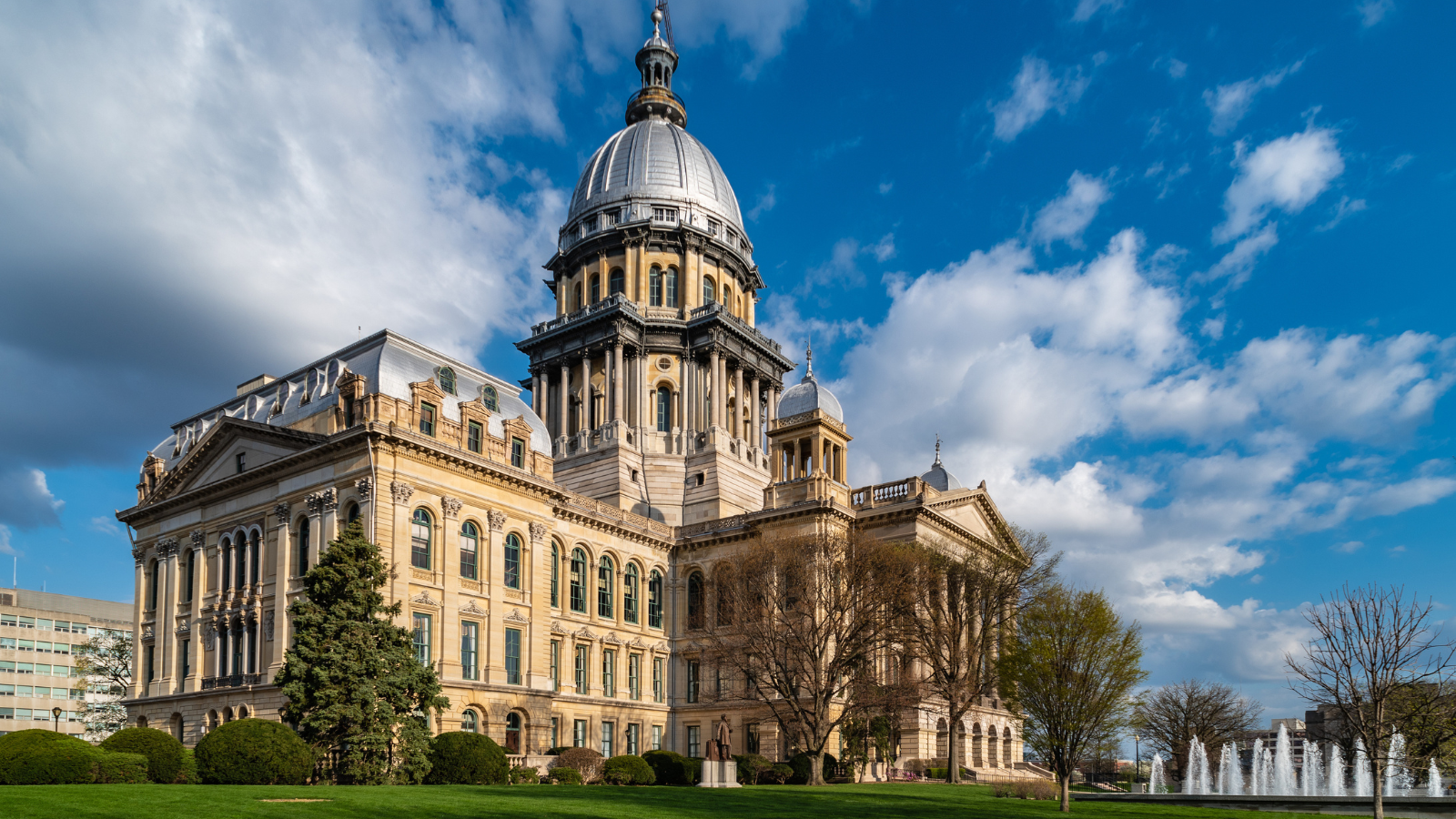
Illinois PIRG 2024 Legislative Agenda
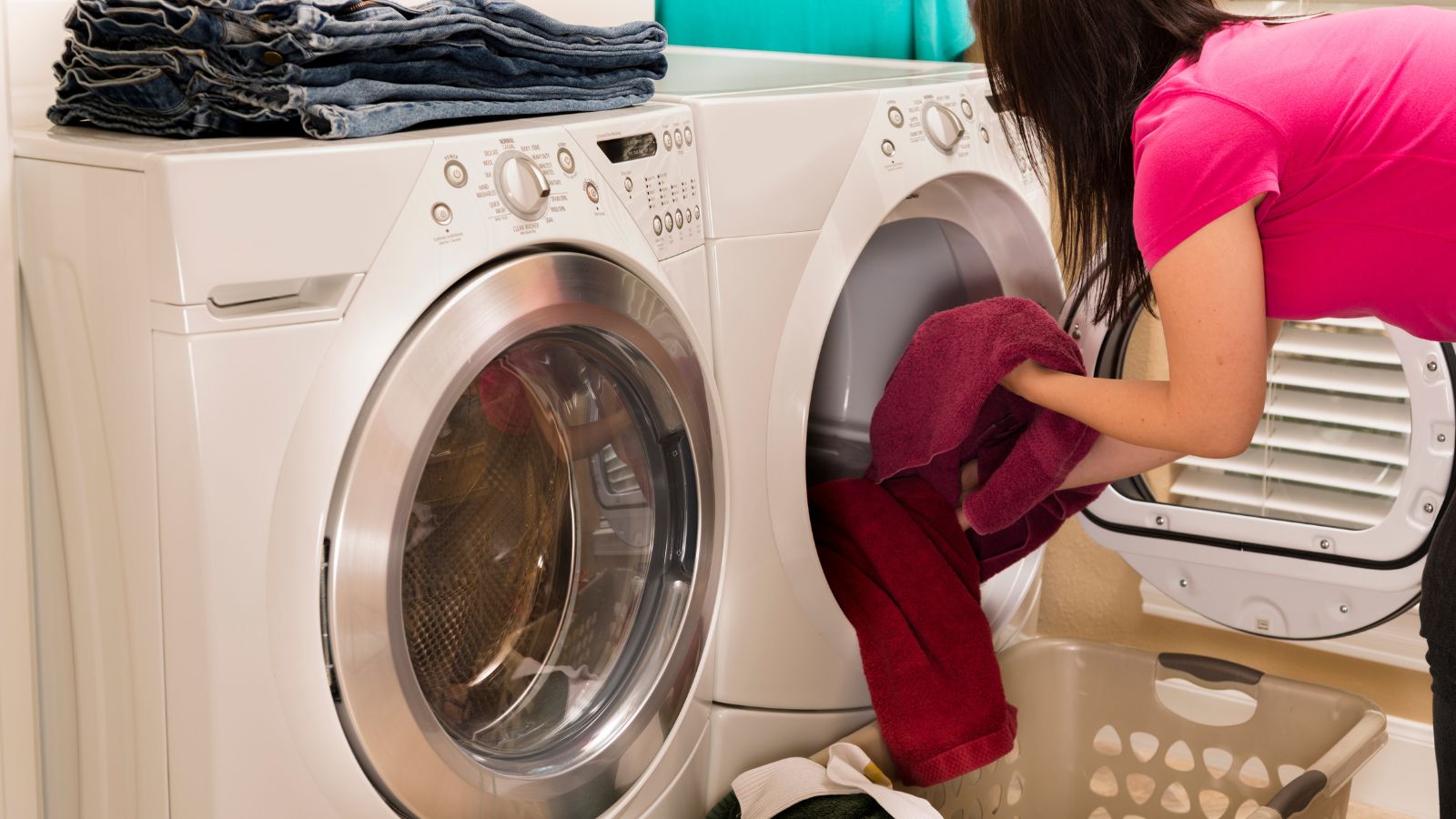
Dry cleaner with an electric clothes dryer
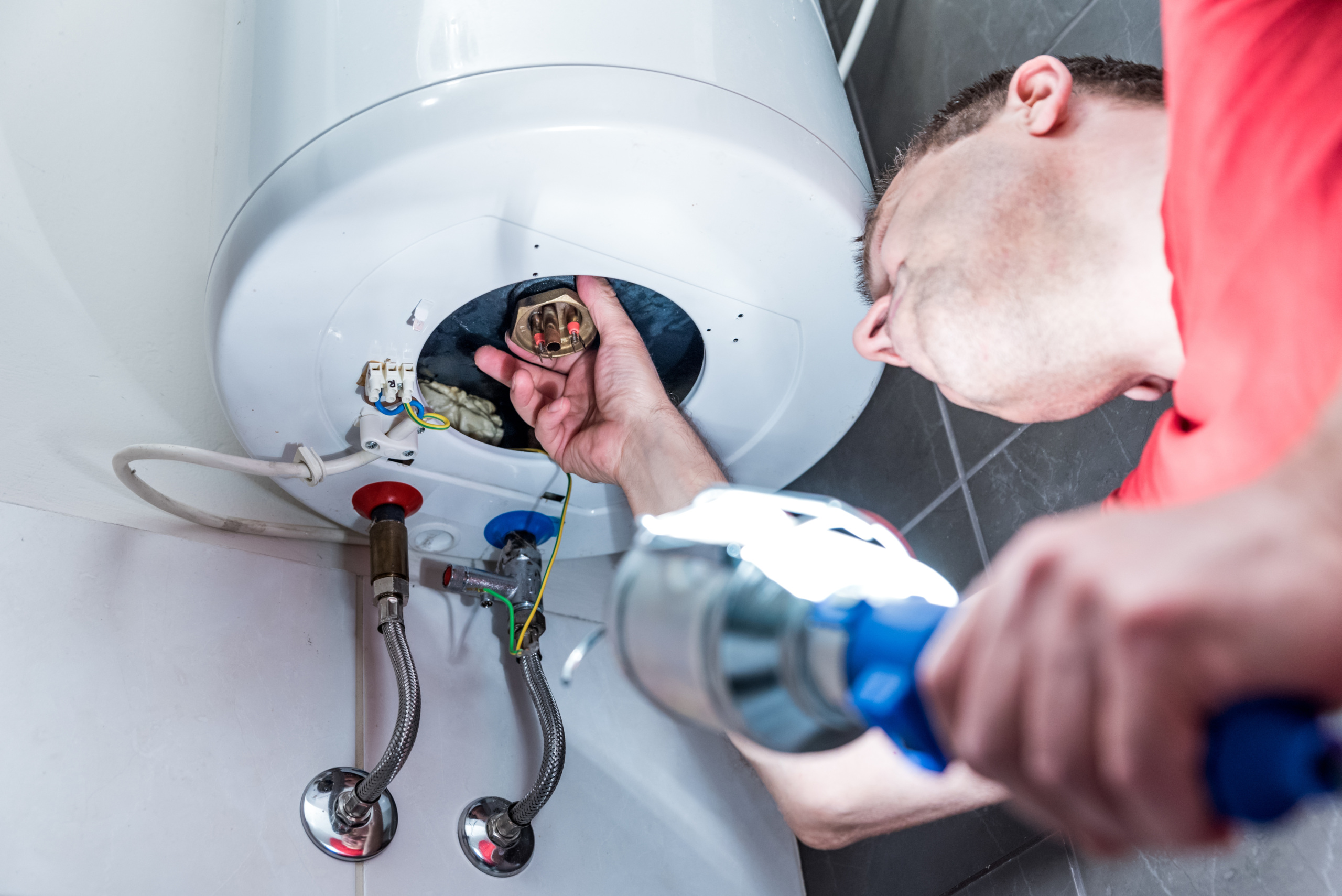
Need to replace your water heater? Consider electric
